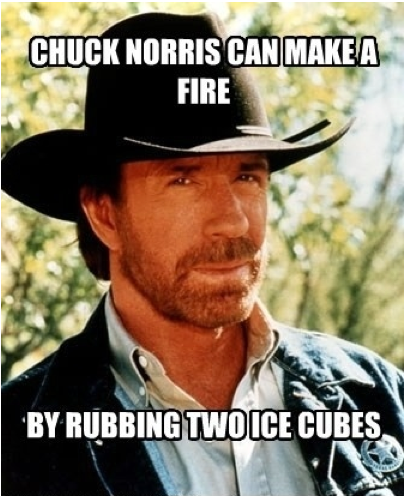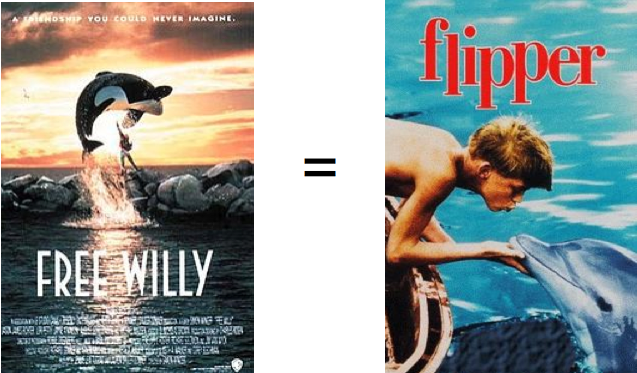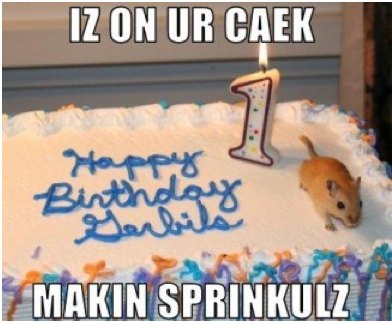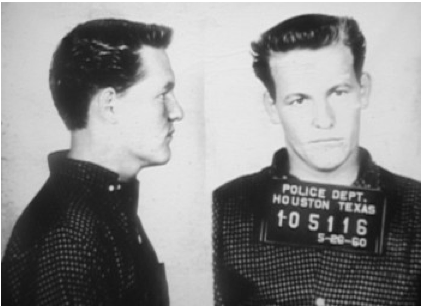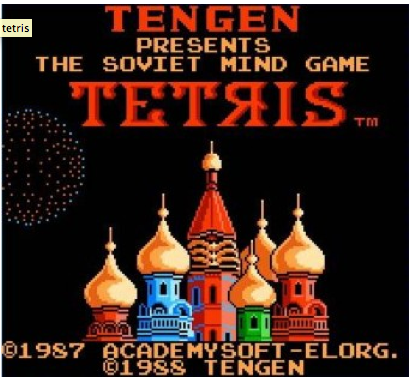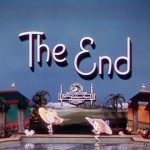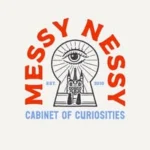There’s nothing better than that moment when you have an incredibly interesting fact to spew in a social situation, making yourself sound infinitely more intelligent than you really are. MessyNessy has picked out some of her favorites to throw out there at your New Years parties this weekend …
1. The U.S Government once poisoned over 10,000 American citizens.
And yes, that sh*t was intentional.
Even dumber than the idea of banning alcohol in the United States in the 1920s, was the idea to poison people in an effort to scare them away from drinking alcohol.
During the Prohibition, one way the black market made their alcohol was to use ‘denatured’, industrial alcohol as the base– the kind used in paints and solvents and then had their own chemists “renature” the alcohol to make it drinkable again.
Alcohol in paints and cleaning products (a.k.a denatured alcohol), contains various ingredients that smell or taste putrid and usually induce vomiting. This is done so that companies selling these industrial products get to avoid the high taxes that come with manufacturing and selling normal, consumable alcoholic beverages.
When bootleggers found a way to undo this process, an estimated 60 million gallons of industrial alcohol was stolen annually in the 1920s to be later turned into drinkable alcohol for sale. This worked pretty well until the government, headed by President Coolidge, came up with their own plan.
Without making it public, they decided to make some of the denaturing ingredients in industrial products lethal, instead of just being something you wouldn’t want to drink. They added things like methyl alcohol, kerosene, gasoline, carbolic acid, acetone, and many others that were difficult for the bootlegger’s chemists to extract when attempting to renature the alcohol.
Knowing full well that people would be drinking this poisoned alcohol, the government hoped the deaths that resulted from this would scare other people away from drinking.
After the first 100 or so people died, the media got wind of the story and health officials were outraged. Strangely, it had little to no effect on people’s consumption of alcohol at the time. It’s estimated that it resulted in the deaths of over 10,000 people with a much larger number severely sickened and many blinded by the poisoning.
Some felt that the people who were drinking the illegal alcohol got what they deserved, particularly because they knew the risks and broke the law anyways; but many felt it was an extermination of a part of society the U.S government didn’t want to have around anymore.
When it was obvious that it still wasn’t scaring everyone away from drinking although thousands were dying or severely poisoned each year, they kept the program going throughout the Prohibition anyway, though it was fiercely debated in Congress.
2. Prince Charles and Prince William will never travel on the same airplane.
In case of the plane crashing, the two heirs next in line to the throne, never fly on the same aircraft as a precaution.
3. A Killer Whale is actually just another cute and cuddly Dolphin
That’s right, Free Willy was basically an awesome, supersized sequel to Flipper because ‘Killer Whales’, or Orcas, are actually dolphins. They are the largest member of the dolphin family, Delphinidae (go on, try to pronounce it). But in either case, Orcas are one of the 35 species in the oceanic dolphin family, with its closest relative being the Irrawaddy dolphin.
4. “Happy Birthday” is a copyrighted song and its holders bank around $2 million per year from it.
Who owns it? Oh, just a bunch a greedy thugs at Warner Music (which is owned by an investment group), who arguably own the rights illegally.
As the story goes … the original melody for the song was created by sisters Patty Hill and Mildred J. Hill in 1893. It had different words and was called “Good Morning to All”, a classroom greeting song for some kindergarten kids they taught.
The copyright for the words and music of “Good Morning to All” has since expired and the song is part of the public domain. So who changed the lyrics and made it into one of the most well-known songs world-wide? Wait for it …. nobody actually knows!
Legal experts say that if no one knows who put the words to the tune and that the tune itself is in the public domain, “Happy Birthday” should have never been copyrightable and no one should hold the copyright.
Warner music, however, are still holding onto that copyright for dear life. It will expire in 2030 which means they can enjoy another 18 years of collection a couple of million per year through revenue from any film, tv show, radio, or otherwise public performance of the song. This includes if you were to sing Happy Birthday to someone in a restaurant, yup– that’s totally copyright infringement if you aren’t coughing up the cash and sending it to Warner Music.
A professor of law, Robert Brauneis says, “The lyrics were likely improvised by a group of five- and six-year-old children who never received any compensation.”
It is rumored that perhaps the Hill sisters (neither of whom had children) nephew receives a portion of the annual income from the song, but this has never been publicly confirmed.
5. Mosquito Repellants Don’t actually Repel anything.
They hide you. The spray blocks the mosquito’s sensors so they don’t know you’re there.
6. Actor Woody Harrelson’s Dad was a real Assassin
Okay so this might not make you sound smarter but it’s a pretty cool random fact…
Charles Harrelson, father of Woody (White Men Can’t Jump, The Money Train, Indecent Proposal, Cheers) is most noted for having been convicted of assassinating U.S. District Judge John H. Wood, Jr. outside of a parking lot in San Antonio, Texas, as well as being convicted of killing a grain dealer, Sam Degalia, Jr., for money. He eventually received two life sentences for the former.
Woody Harrelson himself had almost no contact with his father between 1968 and 1981, but after his father was arrested, he frequently visited him in prison, even going so far as to try to get him a new trial, but failing. In the end, Charles Harrelson died of natural causes in his maximum security cell on March 15, 2007.
7. The King of Hearts is the only king without a sleezy moustache in a standard deck of cards …
It’s quite a sweet little anecdote to remember next time you’re playing ‘Snap‘. Diamonds, clubs and spades are by association linked with the corruption of wealth, war and death. In contrast, the heart as an organ is pure – hence the clean-shaven King of Hearts.
8. If you say ‘movie trailer‘, it’s like, totally stupid.
So like the bunch of ignoramuses that we are, most of us call those short movie advertisement clips we watch before movies, “trailers”, even though this name would imply that they ‘trail’ or come after the movie rather than before. As it turns out, while we’re all concerned about snapping up the newest smartphone or being up to date with the latest internet meme (maybe that’s just me), when it comes to our cinematic vocabulary, we’re about 60 or 70 years out of date.
Indeed, before the 1930s, the first movie ‘trailers’ occurred at the end of the films unlike today. They were called “trailers” because the advertisements would be spliced on the end of the reels, so that the movie advertisement’s film trailed the actual film.
The first known movie trailer to appear in a theater was in 1913 for the musical The Pleasure Seekers and included short clips of rehearsals of the musical, which was shortly to open on Broadway. This idea caught on and trailers began appearing routinely after films.
However, it didn’t take long for movie studios to realize that full film advertisements would be a lot more effective if they showed up before the movie, instead of after, and by the end of the 1930s the switch had been made.
Despite the industry’s greatest attempts over the last 60 or 70 years to get the name changed from “trailers” to some form of “previews”, among us ignoramus audiences and even industry professionals the world over, “trailer” is still the generally used term.
9. The rights to the Tetris game used to be owned by the Soviet Union
A man called Alexey Leonidovich Pajitnov created Tetris in 1984 while working at the Dorodnicyn Computing Center, which was a part of a Soviet government funded research center in Moscow. Because Pajitnov was working for the government and was using their equipment when he created Tetris, they retained the rights to the game in the beginning with no royalties being paid to Pajitnov. It became an instant hit and was actually given away freely throughout Eastern Europe and the USSR. But the Soviet Union was so crap at collecting any royalties that by the time Tetris became a worldwide smash, many companies were licensing the game out themselves and ever selling the licensing to other companies without ever having acquired the rights in the first place.
By 1988 the game had sold over two million copies in the United States alone.
Pajitnov moved to the United States when the Soviet Union collapsed in 1991, but the Russian government kept hold of the rights for another five years before it finally passed them over to the Tetris creator who was working at Microsoft. Twelve years after he’d created the game, Pajitnov set up The Tetris Company with Henk Rogers as his business partner, finally receiving royalties he deserved. The Tetris Company still manages the licensing of the game to this day.

Come on Bieber. Just be Belieber it.


